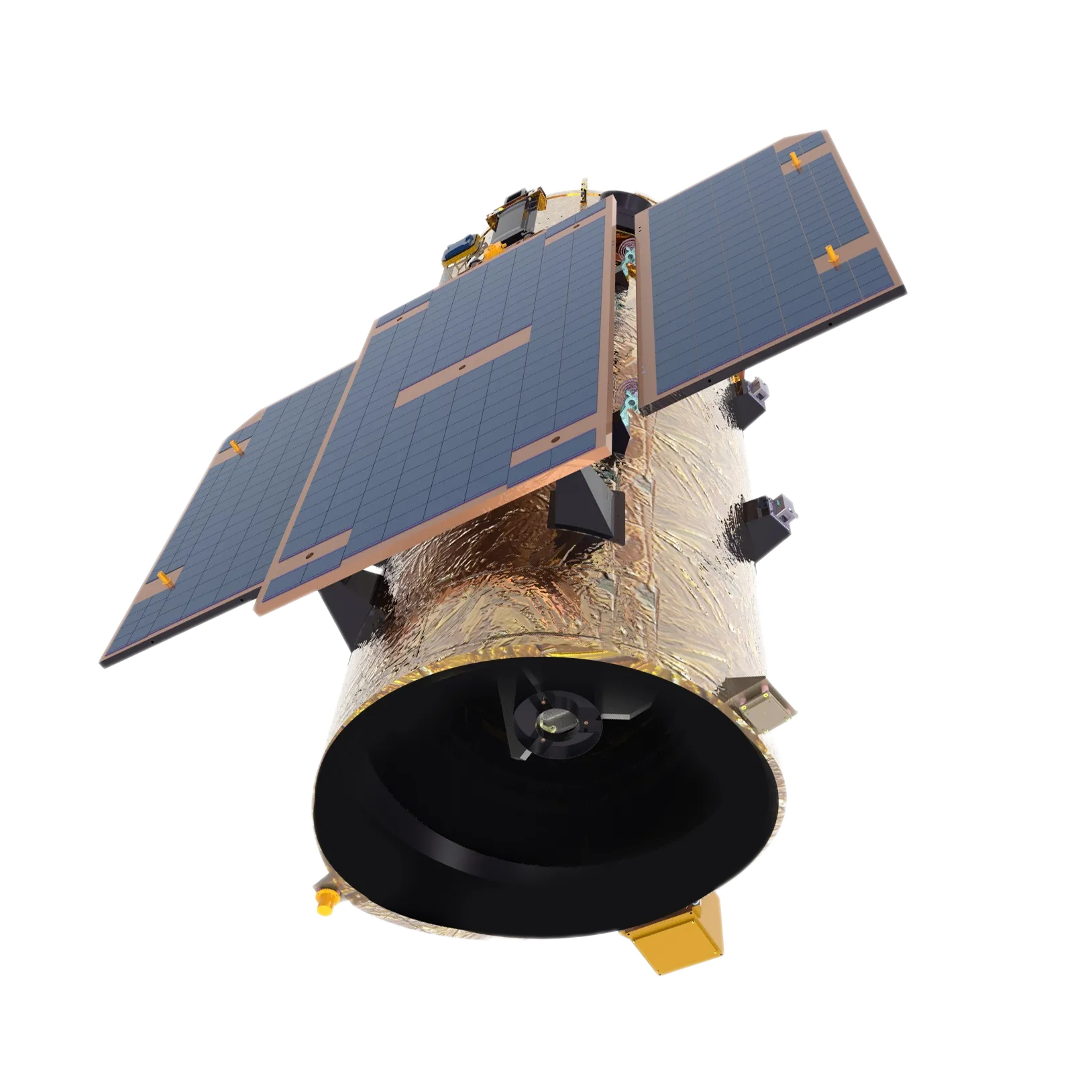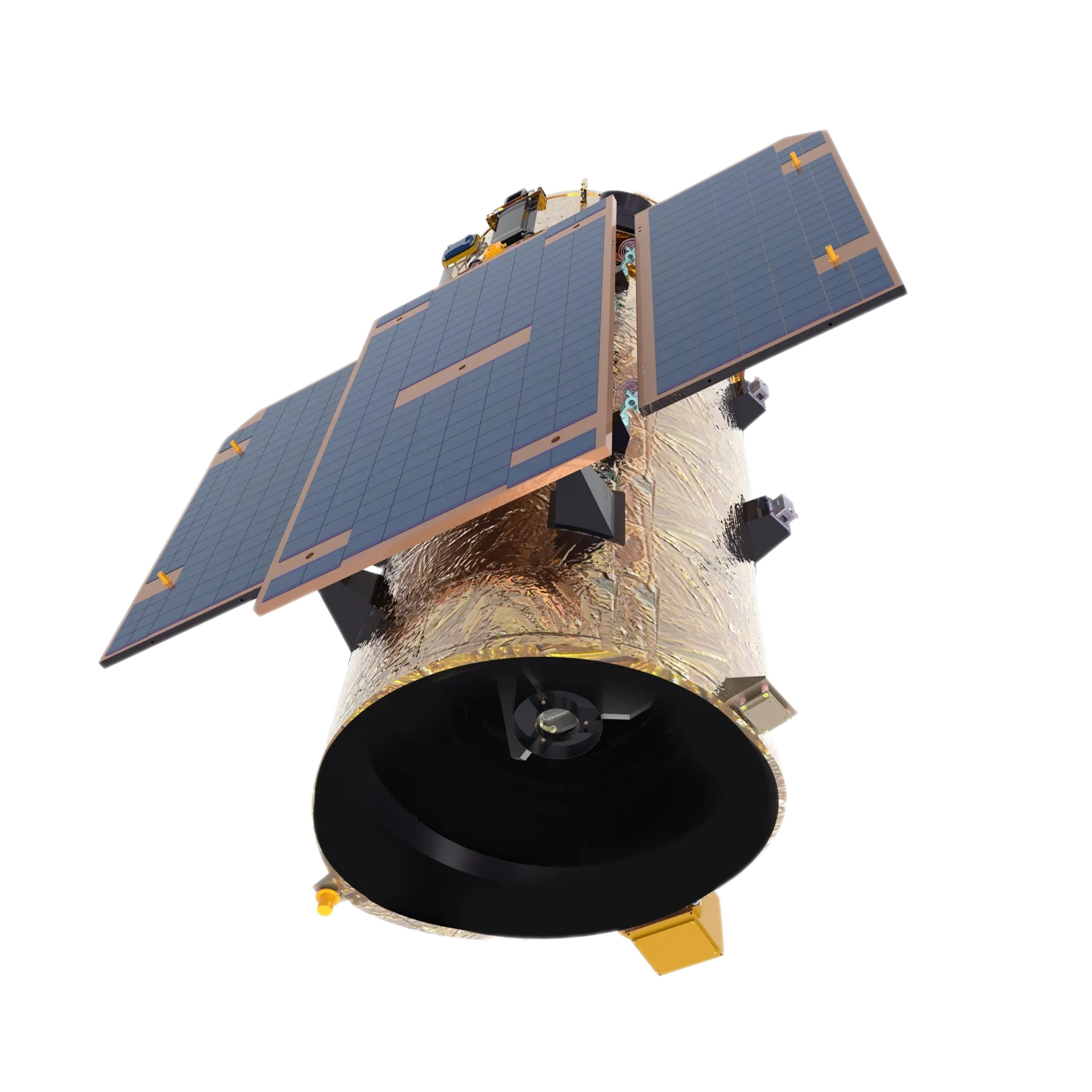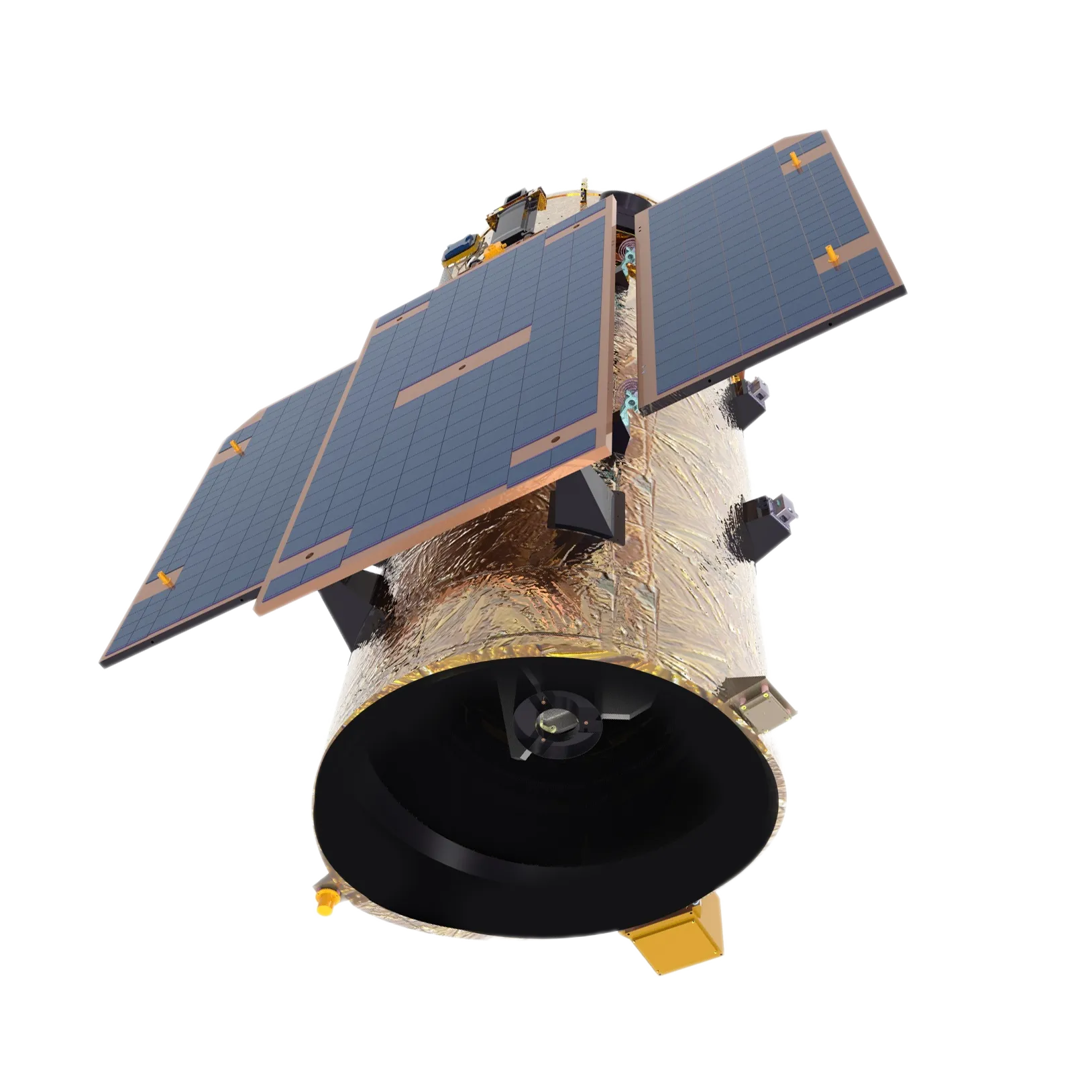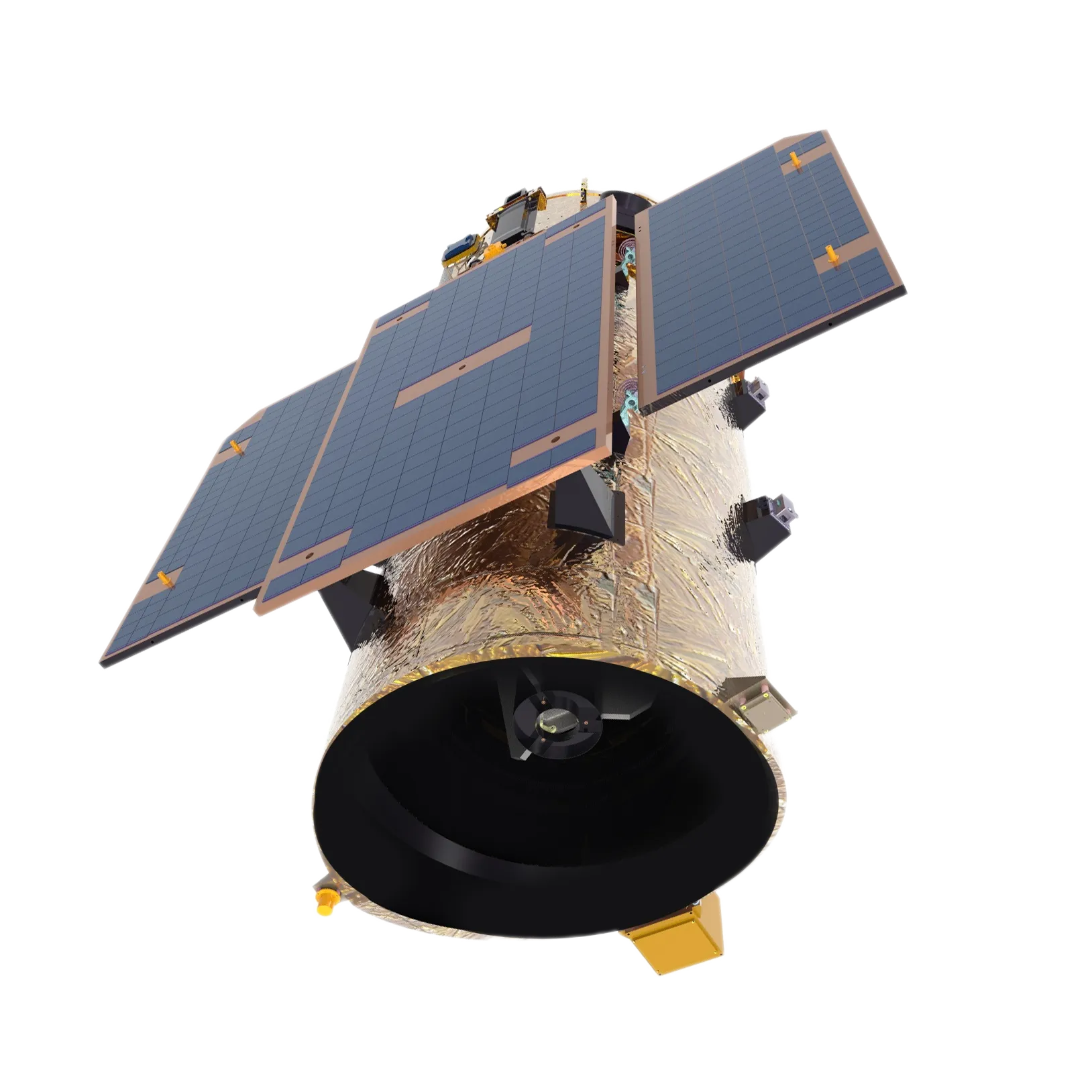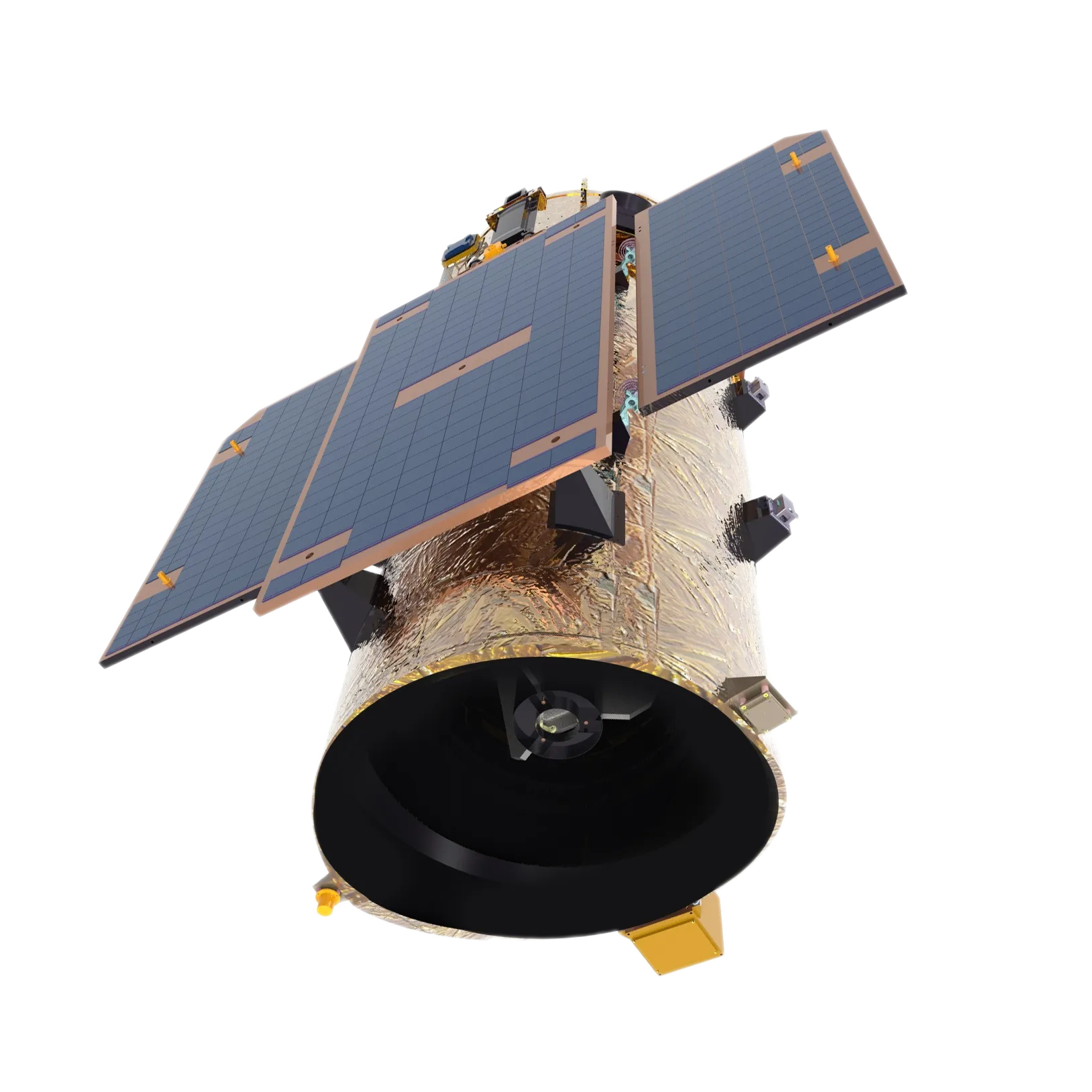
- Afrikaans
- Albanian
- Amharic
- Arabic
- Armenian
- Azerbaijani
- Basque
- Belarusian
- Bengali
- Bosnian
- Bulgarian
- Catalan
- Cebuano
- China
- Corsican
- Croatian
- Czech
- Danish
- Dutch
- English
- Esperanto
- Estonian
- Finnish
- French
- Frisian
- Galician
- Georgian
- German
- Greek
- Gujarati
- Haitian Creole
- hausa
- hawaiian
- Hebrew
- Hindi
- Miao
- Hungarian
- Icelandic
- igbo
- Indonesian
- irish
- Italian
- Japanese
- Javanese
- Kannada
- kazakh
- Khmer
- Rwandese
- Korean
- Kurdish
- Kyrgyz
- Lao
- Latin
- Latvian
- Lithuanian
- Luxembourgish
- Macedonian
- Malgashi
- Malay
- Malayalam
- Maltese
- Maori
- Marathi
- Mongolian
- Myanmar
- Nepali
- Norwegian
- Norwegian
- Occitan
- Pashto
- Persian
- Polish
- Portuguese
- Punjabi
- Romanian
- Russian
- Samoan
- Scottish Gaelic
- Serbian
- Sesotho
- Shona
- Sindhi
- Sinhala
- Slovak
- Slovenian
- Somali
- Spanish
- Sundanese
- Swahili
- Swedish
- Tagalog
- Tajik
- Tamil
- Tatar
- Telugu
- Thai
- Turkish
- Turkmen
- Ukrainian
- Urdu
- Uighur
- Uzbek
- Vietnamese
- Welsh
- Bantu
- Yiddish
- Yoruba
- Zulu
Exploring the Versatility of Satellite Platforms in Remote Sensing
Satellite platforms serve as the fundamental backbone of spaceborne remote sensing missions, offering critical support structures for payloads and instruments. Whether deploying a sophisticated imaging sensor or a communication relay, the satellite platform ensures stability, functionality, and survivability in harsh space environments. As technology advances, platforms are becoming more modular and compact, significantly improving cost-efficiency and customization potential.
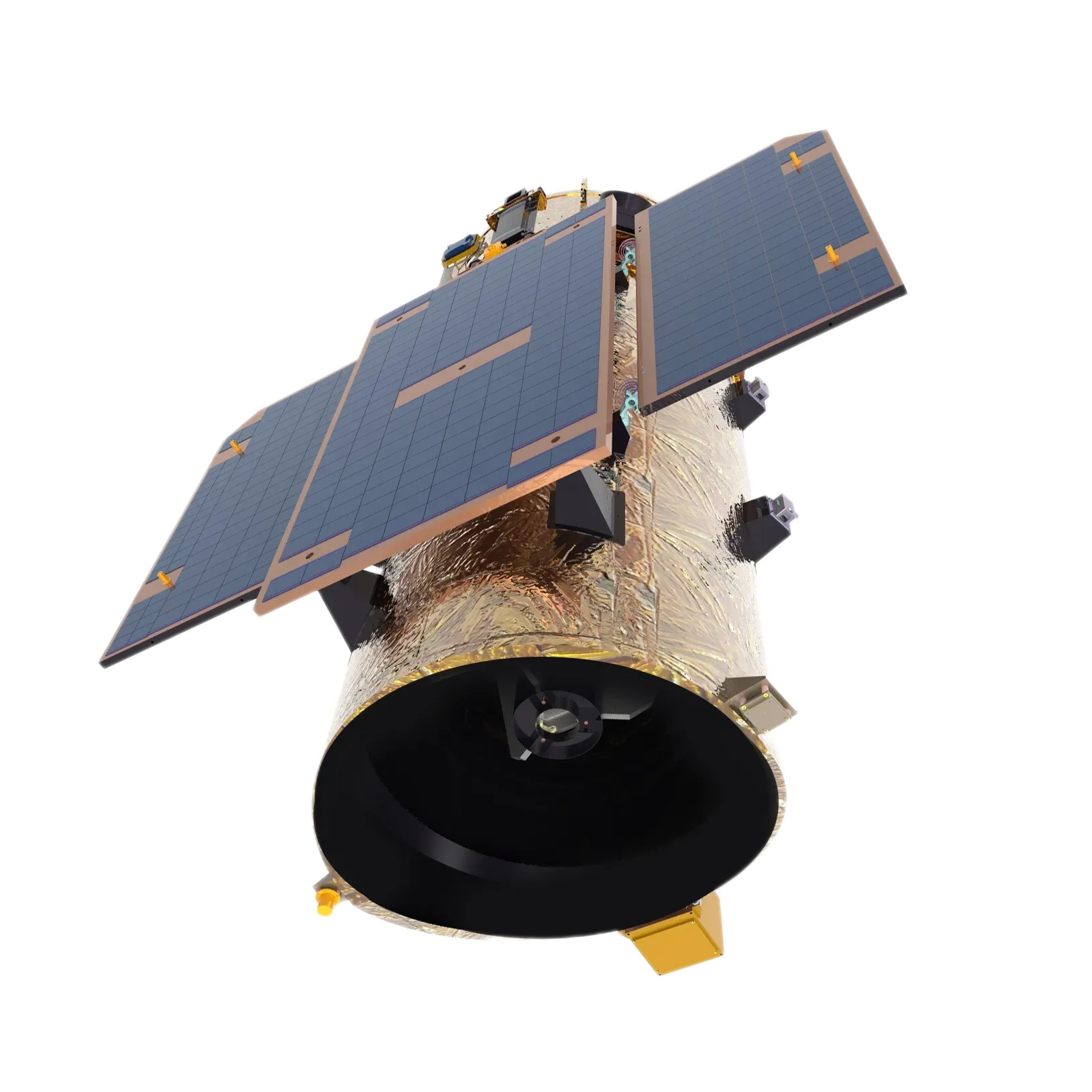
The Role of the Cubesat Platform in Modern Space Missions
In recent years, the Cubesat platform has revolutionized how remote sensing tasks are carried out in space. Compact and cost-effective, Cubesats rely on a standardized Cubesat bus to house essential subsystems such as power, thermal regulation, communications, and attitude control. Their miniaturized design makes them ideal for low Earth orbit (LEO) missions, enabling constellation deployments that deliver high revisit rates. Despite their size, modern Cubesats support advanced instruments, including multispectral cameras and data relay systems, providing performance that rivals larger platforms.
Innovations in Satellite Bus Structure and Integration
The satellite bus structure plays a central role in integrating mission-critical components such as propulsion units, batteries, and thermal shields. Traditional platform satellites are engineered to accommodate a wide array of mission profiles, from Earth observation to scientific data collection. Manufacturers now emphasize lightweight composite materials and modular design frameworks, reducing mass while improving adaptability. This makes satellite buses more versatile and attractive for both commercial and government operators.
Satellite Platforms in Remote Sensing: A Foundation for Data Excellence
The effectiveness of satellite platforms in remote sensing hinges on their ability to provide a stable and reliable base for sensitive instrumentation. Whether capturing atmospheric changes, monitoring vegetation, or tracking land surface temperatures, the platform ensures uninterrupted data acquisition. Satellite platforms in remote sensing are carefully engineered to withstand the unique challenges of space, including radiation, temperature extremes, and microgravity. This reliability is essential for maintaining data accuracy and mission continuity.
As the demand for high-resolution, real-time Earth observation data continues to grow, advancements in satellite platform technologies will be key to meeting this need. From compact Cubesat platforms to large-scale modular bus architectures, the future of remote sensing relies on a solid foundation—built in orbit, tested by innovation.






